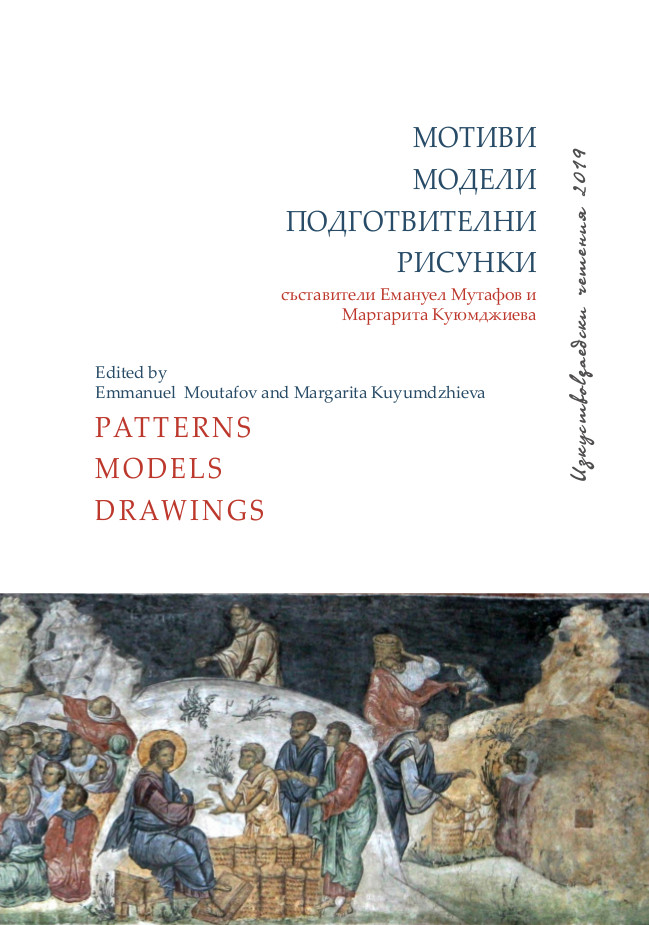Visual “Intertextuality”: The Use of German Prints in Transylvanian Painting in the 15th and 16th Centuries
Visual “Intertextuality”: The Use of German Prints in Transylvanian Painting in the 15th and 16th Centuries
Author(s): Ciprian FireaSubject(s): History, Fine Arts / Performing Arts, Visual Arts, Middle Ages, Modern Age, 15th Century, 16th Century, History of Art
Published by: Институт за изследване на изкуствата, Българска академия на науките
Summary/Abstract: This paper explores the visual culture of late Medieval Transylvania, and mainly the production2 of sacred images in painters’ workshops. The analysis of extant art-works demonstrates a large-scale use of pre-existing models and patterns (prints) issued by German masters, from Master E.S. to Hans Sebald Beham. Transylvania represents an artistic province where the prints of Albrecht Dürer have been widely used in painted composition in the first half of the 16th century. Such an example is the case of a small Renaissance altarpiece (dated ca. 1520) in the creation of which (it was recently noticed) the painter used at least ten different prints of Dürer and Schäufelin.
Journal: Изкуствоведски четения
- Issue Year: 2019
- Issue No: 1
- Page Range: 455-470
- Page Count: 16
- Language: English, Bulgarian
- Content File-PDF

